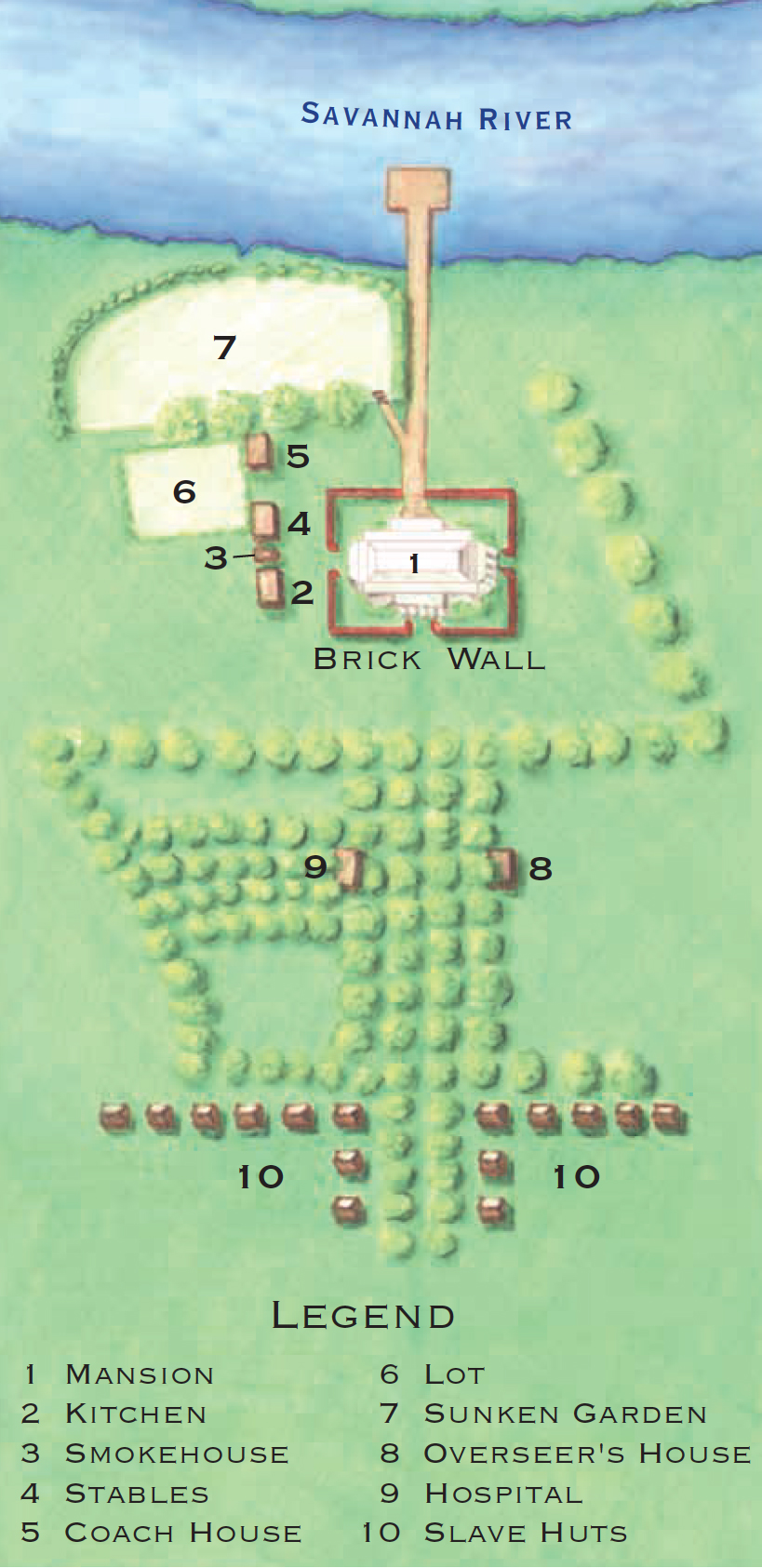Paternalism and Male Honor
Printed Page 368
Whereas smaller planters supervised the labor of their slaves themselves, larger planters hired overseers who went to the fields with the slaves, leaving the planters free to concentrate on marketing, finance, and the general affairs of the plantation. Planters also found time to escape to town to discuss cotton prices, to the courthouse and legislature to debate politics, and to the woods to hunt and fish.
Increasingly, planters characterized their mastery in terms of what they called “Christian guardianship” and what historians have called paternalism. The concept of paternalism denied that the form of slavery practiced in the South was brutal and exploitative. Instead, paternalism claimed that plantations benefited all. In exchange for the slaves’ work and obedience, masters provided basic care and necessary guidance for a childlike, dependent people. In 1814, Thomas Jefferson captured the essence of the advancing ideal: “We should endeavor, with those whom fortune has thrown on our hands, to feed & clothe them well, protect them from ill usage, require such reasonable labor only as is performed voluntarily by freemen, and be led by no repugnancies to abdicate them, and our duties to them.” A South Carolina rice planter insisted, “I manage them as my children.”
 The theory of slavery that emphasized reciprocal duties and obligations between masters and their slaves, with slaves providing labor and obedience and masters providing basic care and direction. Whites employed the concept of paternalism to deny that the slave system was brutal and exploitative.
The theory of slavery that emphasized reciprocal duties and obligations between masters and their slaves, with slaves providing labor and obedience and masters providing basic care and direction. Whites employed the concept of paternalism to deny that the slave system was brutal and exploitative.
Why did the South become so distinctly different from the North?
What was plantation life like for masters and mistresses?
What was plantation life like for slaves?
How did nonslaveholding southern whites work and live?
What place did free blacks occupy in the South?
How did slavery shape southern politics?
Conclusion: How did slavery come to define the South?
 LearningCurve
LearningCurve
Check what you know.
Paternalism was part propaganda and part self-delusion. But it was also economically shrewd. Masters increasingly recognized slaves as valuable assets, particularly after the nation closed its external slave trade in 1808 and the cotton boom stimulated the demand for slaves. The expansion of the slave labor force could come only from natural reproduction. As one slave owner declared in 1849, “It behooves those who own them to make them last as long as possible.”

One consequence of paternalism and economic self-interest was a small improvement in slaves’ welfare. Diet improved, although nineteenth-century slaves still ate mainly fatty pork and cornmeal. Housing improved, although the cabins still had cracks large enough, slaves said, for cats to slip through. Clothing improved, although slaves seldom received much more than two crude outfits a year and perhaps a pair of cheap shoes. Workdays remained sunup to sundown, but most planters ceased the colonial practice of punishing slaves by branding and mutilation.
Paternalism should not be mistaken for “Ol’ Massa’s” kindness and goodwill. It encouraged better treatment because it made economic sense to provide at least minimal care for valuable slaves. Nor did paternalism require that planters put aside their whips. State laws gave masters nearly “uncontrolled authority over the body” of the slave, according to one North Carolina judge, and whipping remained planters’ basic form of coercion.
Paternalism never won universal acceptance among planters, but by the nineteenth century it had become a kind of communal standard. With its notion that slavery imposed on masters a burden and a duty, paternalism provided slaveholders with a means of rationalizing their rule. But it also provided some slaves with leverage in controlling the conditions of their lives. Slaves learned to manipulate the slaveholder’s need to see himself as a good master. To avoid a reputation as a cruel tyrant, planters sometimes negotiated with slaves, rather than just resorting to the whip. Masters sometimes granted slaves small garden plots in which they could work for themselves after working all day in the fields, or they gave slaves a few days off and a dance when they had gathered the last of the cotton.
Virginia statesman Edmund Randolph argued that slavery created in white southern men a “quick and acute sense of personal liberty” and a “disdain for every abridgement of personal independence.” Indeed, prickly individualism and aggressive independence became crucial features of the southern concept of honor. Social standing, political advancement, and even self-esteem rested on an honorable reputation. Defending honor became a male passion. Andrew Jackson’s mother reportedly told her son, “Never tell a lie, nor take what is not your own, nor sue anybody for slander or assault and battery. Always settle them cases yourself.”
Southerners also expected an honorable gentleman to be a proper patriarch. Nowhere in America was masculine power more accentuated. The master’s absolute dominion sometimes led to miscegenation. Laws prohibited interracial sex, but as long as slavery gave white men extraordinary power, slave women were forced to submit to the sexual demands of the men who owned them.
In time, as the children of one elite family married the children of another, ties of blood and kinship, as well as ideology and economic interest, linked planters to one another. Aware of what they shared as slaveholders, planters worked together to defend their common interests. The values of the big house — slavery, honor, male domination — washed over the boundaries of plantations and flooded all of southern life.